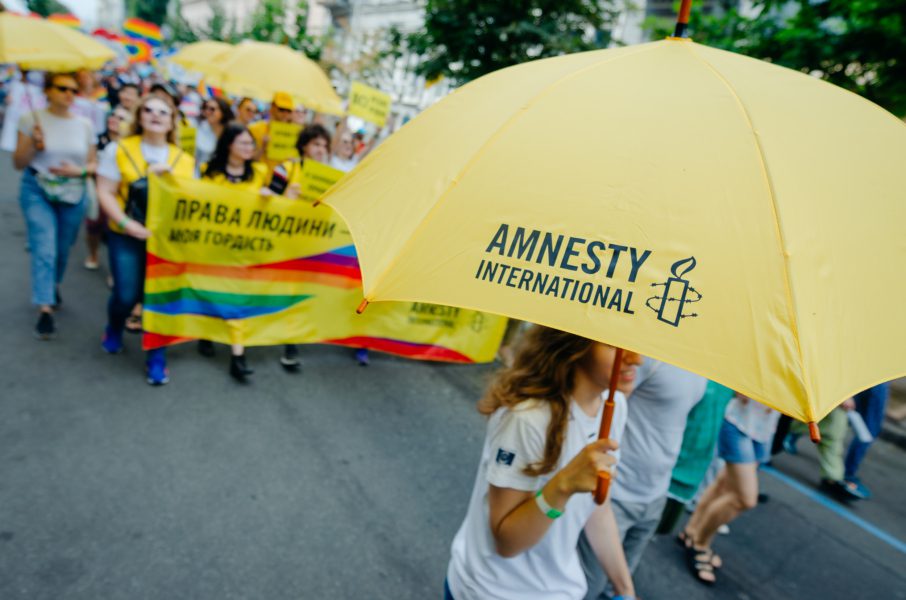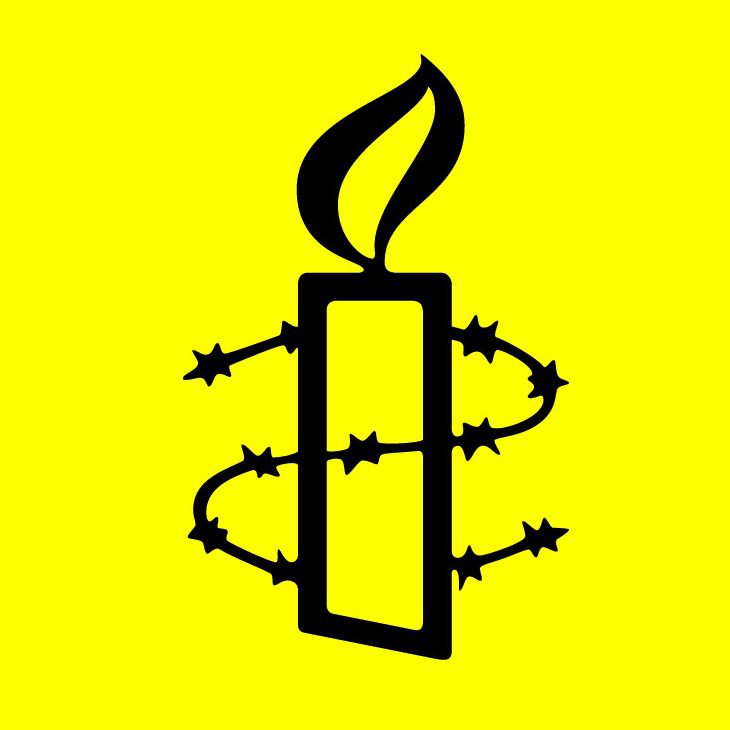OVERVIEW
Around the world, people are under attack for who they are.
Living as a lesbian, gay, bisexual, transgender or intersex (LGBTI) person can be life-threatening in a number of countries across the globe. For those who do not live with a daily immediate risk to their life, discrimination on the basis of one’s sexual orientation, gender identity and/or expression and sex characteristics, can have a devastating effect on physical, mental and emotional well-being for those forced to endure it.
Discrimination and violence against LGBTI people can come in many forms, from name-calling, bullying, harassment, and gender-based violence, to being denied a job or appropriate healthcare. Protests to uphold the rights of LGBTI people also face suppression across the globe.
The range of unequal treatment faced is extensive and damaging and could be based on:
- your sexual orientation (who you’re attracted to)
- gender identity (how you self-identify, irrespective of the sex assigned at birth)
- gender expression (how you express your gender, for example through your clothing, hair or mannerisms),
- sex characteristics (for example, your genitals, chromosomes, reproductive organs, or hormone levels.)
Violence targeting LGBTQ+ individuals is sometimes state-sponsored, as governments with the duty to protect these groups become perpetrators themselves. For example: In Chechnya, state-supported policies led to violent attacks against gay men, some of whom were abducted, tortured, or killed. In Bangladesh, LGBTQ+ rights activists were hacked to death by machete-wielding assailants, while police and government authorities showed little concern or effort to bring the perpetrators to justice. In many parts of sub-Saharan Africa, LGBTQ+ people live in constant fear of arrest, abuse, or murder.
Amnesty International campaigns to protect and uphold the rights of LGBTI people globally, including their right to life, freedom and safety.
WHAT DOES IT MEAN TO BE LGBTI?
The term LGBTI refers to a broad category of people, including those who identify as lesbian, gay, bisexual, transgender or intersex, although we recognize that there are many terms around the world that are used by people to define their sexual orientation or gender identity. The terminology used can vary widely depending on historical, cultural and societal contexts.
It is well established in international human rights law that states must take steps to safeguard the rights of LGBTI people.
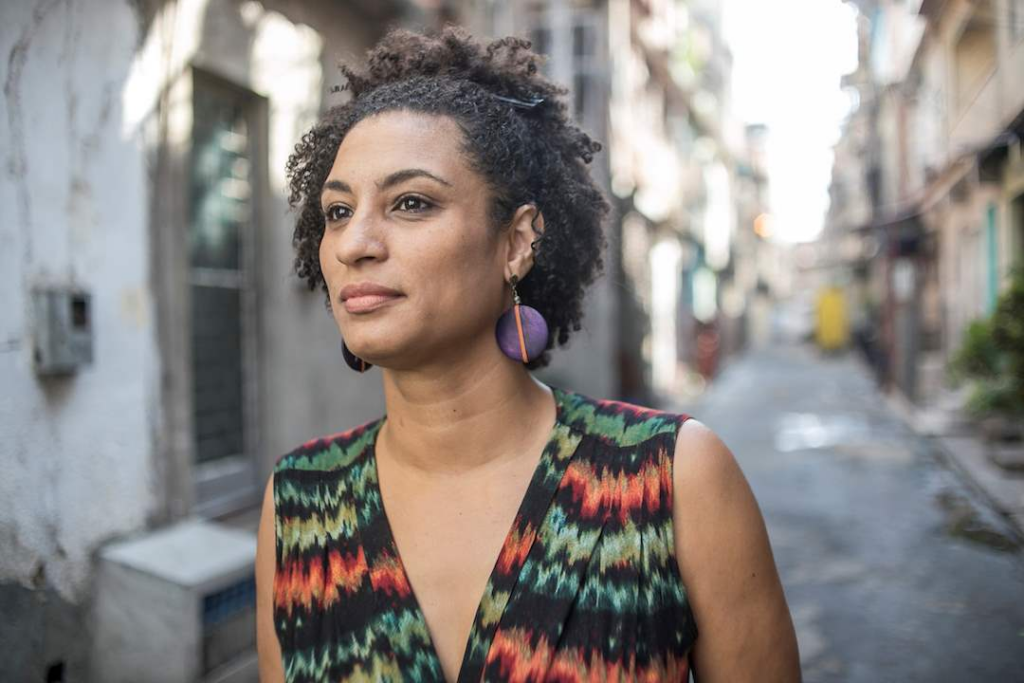
What does Gender identity mean?
Gender identity refers to each person’s deeply felt internal and individual sense of gender, which may or may not correspond with the sex assigned at birth. An individual’s gender identity may be that of a man, woman, or outside the binary categories of man and woman; it may also be more than one gender, fluid across genders or no gender at all.
What does Sexual orientation mean?
Sexual orientation refers to a person’s capacity for profound emotional, affectionate and sexual attraction to, and intimate and sexual relations with other people. People experience sexual and romantic attraction differently. Sexual orientation is considered a personal matter and depends on the individual’s decision whether or not to define it. For some individuals, sexual orientation may change over time. You can be attracted to people of a different gender, or the same gender as you. Some people are asexual, meaning they experience little to no sexual attraction. Sexual orientation also includes lesbian (a woman who is attracted to women), gay (most commonly referring to men who are attracted to men), bisexual (attracted to both men and women), and pansexual (attracted to individuals regardless of their gender).
What does it mean to be transgender?
Transgender (or trans) people have a gender identity that is different from typical expectations of the gender they were assigned at birth.
Not all transgender people identify as male or female. Some identify as more than one gender or no gender at all and might use terms like non-binary, agender, genderqueer or gender fluid to describe their gender identity.
Being transgender has nothing to do with a person’s sexual orientation. You can be a trans man and be gay – or be a trans woman and be lesbian.
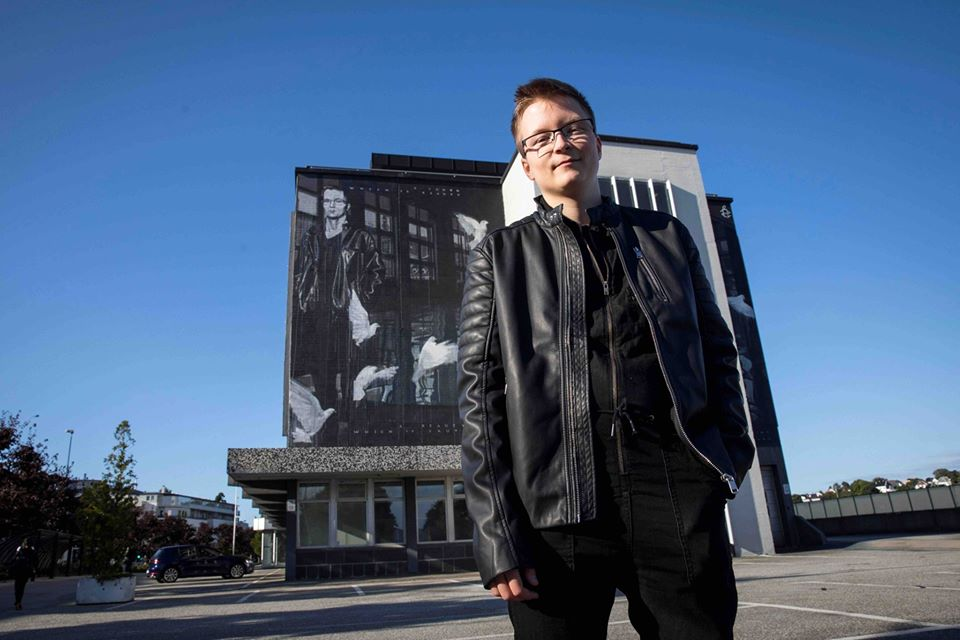
What is gender affirmation?
Some trans people decide to affirm their gender identity, which is the process of living your life as the gender you identify with to help them feel more confident or comfortable living as their true gender.
There is no single gender-affirming process. Some people may adopt new pronouns, change their name, apply for legal gender recognition, and/or undergo gender-affirming surgery or hormone therapy.
In some countries, transgender individuals can apply for legal gender recognition, but the process often involves humiliating and rights-violating steps, such as psychiatric diagnoses or mandatory sterilization. Only seven countries allow gender recognition without such requirements: Argentina, Brazil, Belgium, Colombia, Denmark, Ireland, Malta, and Norway.
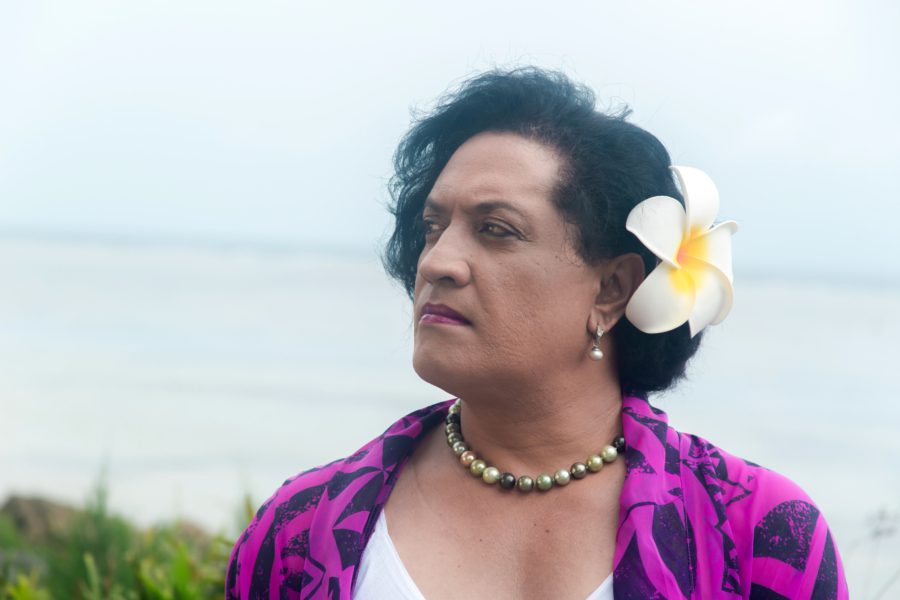
What is gender recognition?
Gender recognition, in theory, allows trans people to align their legally recognized gender with that of their own gender identity. For some trans people, having their gender legally recognized is an essential step towards being able to live freely, authentically and openly.
Unfortunately, even in countries where it is possible to affirm one’s gender identity legally, the process is often dehumanizing, long and expensive.
In some countries, trans people need medical proof before they can get their gender identity legally recognized. This can be an invasive process and also reinforces the misinformed view that being trans is an illness. Unfortunately, despite the World Health Organization updating their guidelines to no longer recognize being transgender as a ‘disorder’, this attitude, is still prevalent in many societies around the world.
Requiring transgender people to undergo unnecessary medical treatments to obtain legal gender recognition violates their right to the highest attainable standard of health, which is protected under international human rights law, including by the UN Covenant on Economic, Social and Cultural Rights.
For transgender people, official identity documents reflecting their gender identity are vitally important for the enjoyment of their human rights. They are not only crucial when travelling but also for everyday life. States must ensure that transgender people can obtain legal recognition of their gender through a quick, accessible and transparent procedure in accordance with the individual’s own sense of their gender identity while preserving their right to privacy.
What does it mean to be non-binary?
Non-binary people have a gender identity that exists outside the categories of male and female. It is an umbrella term for various gender identities that lie outside of the gender binary. While some non-binary people may identify as trans, others may not.
Some non-binary people may use gender-neutral pronouns, such as they/them. Others may use a combination of gendered and gender-neutral pronouns, such as they/he or she/they. It is important to always respect people’s pronouns. If you aren’t sure what words to use to describe them, find polite ways to ask them.
What does intersex mean?
There is an assumption that everyone’s physical, hormonal and chromosomal characteristics fit neatly into either male or female. But that is not always the case, an estimated 1.7% of children in the world are born every year with variations of sex characteristics.
These variations are diverse; for instance, some children have genitalia outside the standard norms of male and female bodies, others have female reproductive organs but have XY (male) chromosomes, or male reproductive organs and XX (female) chromosomes.
These characteristics might be present at birth or become more apparent during or after puberty.
Many people with intersex variations are forced to undergo invasive, non-emergency and irreversible “normalizing” surgeries, often when they are children, and therefore cannot consent. When performed without informed consent or adequate information, these surgeries violate people’s right to physical bodily integrity and may have long-term consequences on their right to health and their sexual and reproductive rights, particularly since they can severely impede people’s fertility, but sometimes this can happen later in life. However, these processes can still create obstacles and cause both physical and psychological harm.
Many people Amnesty International has spoken to that have gone through such surgeries reported lasting negative impacts on their physical and mental health, sexual lives, psychological well-being and gender identity.
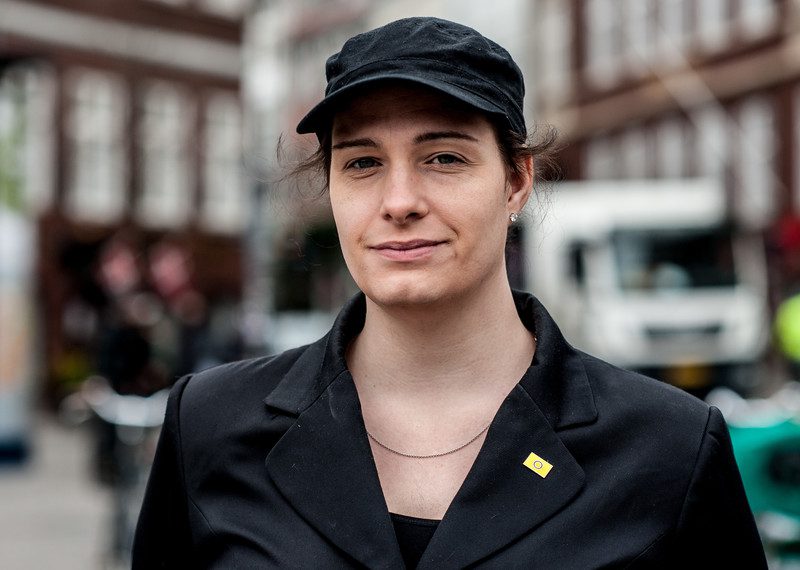
CASE STUDY: THE IMPACT OF COVID-19 ON TRANS PEOPLE IN ASIA
Transgender people – who were already subject to deep-rooted and persistent structural inequalities and discrimination – found their pre-existing marginalization exacerbated by the Covid-19 pandemic and related public health measures and suffered disproportionately.
The report examined the ever-present barriers to access to healthcare, employment, education, housing, essential goods and services, and social support that were experienced against a backdrop of lack of legal gender recognition, stigma, discrimination, violence and criminalization.
Our report “Pandemic or not, we have the right to live” documents the experiences of transgender people in 15 countries in South, Southeast and East Asia, and the Pacific Islands during the Covid-19 pandemic.
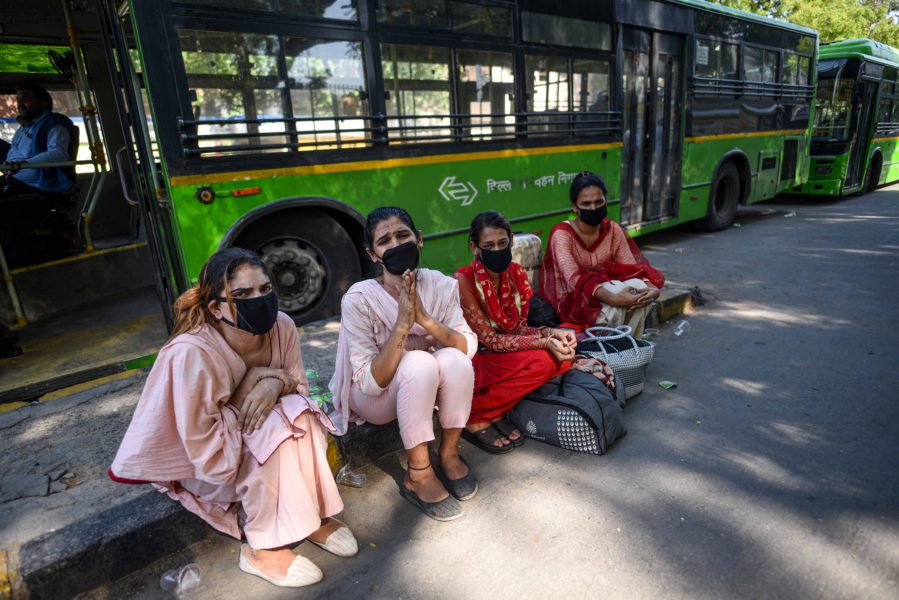
There was progress towards recognition of LGBTI rights in some countries. However, systematic gender-based discrimination and violence against women, girls and LGBTI people remained pervasive.
On 18 June, lawmakers passed the Marriage Equality Act making Thailand the first country in South-East Asia to legalize marriage for LGBTI couples. While court rulings in several other countries also advanced LGBTI rights. In South Korea, the Supreme Court ruled that same-sex couples were entitled to the same healthcare as heterosexual couples. In China, a court awarded child visiting rights to a woman in a same-sex relationship. In Japan, two separate high court decisions ruled that the ban on same-sex marriage was unconstitutional. In Nepal, a Supreme Court ruling recognized the right of a transgender woman to have her gender identity recognized in official documents.
However, LGBTI people continued to be subjected to violence, discrimination and, in some countries, criminalization. Consensual same-sex sexual relations remained punishable by death in Afghanistan. In China, LGBTI activists were at risk of arbitrary detention. Transgender people remained at particular risk of violence. In Fiji, there was outcry by human rights groups when the authorities failed to effectively investigate the death of a transgender sex worker after she was kidnapped and violently assaulted.
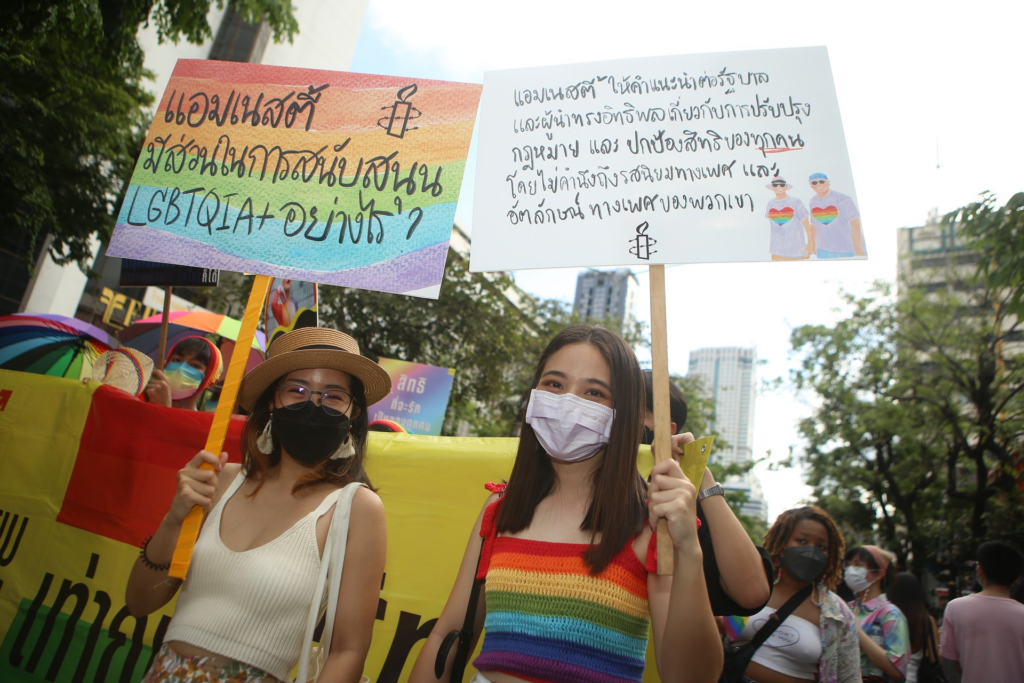
DISCRIMINATION AGAINST LGBTI PEOPLE
We are each protected against discrimination based on our sexual orientation, gender identity and/or expression and sex characteristics under international human rights law.
However, in practice, authorities in many countries that have signed international treaties, committing them to protect human rights, continue to implement and introduce legislations that singles out and discriminates against individuals on the basis of their sexual orientation or gender identity and expression.
There are 64 countries around the world which have laws that criminalize homosexuality, many of which can be traced back to European colonization.
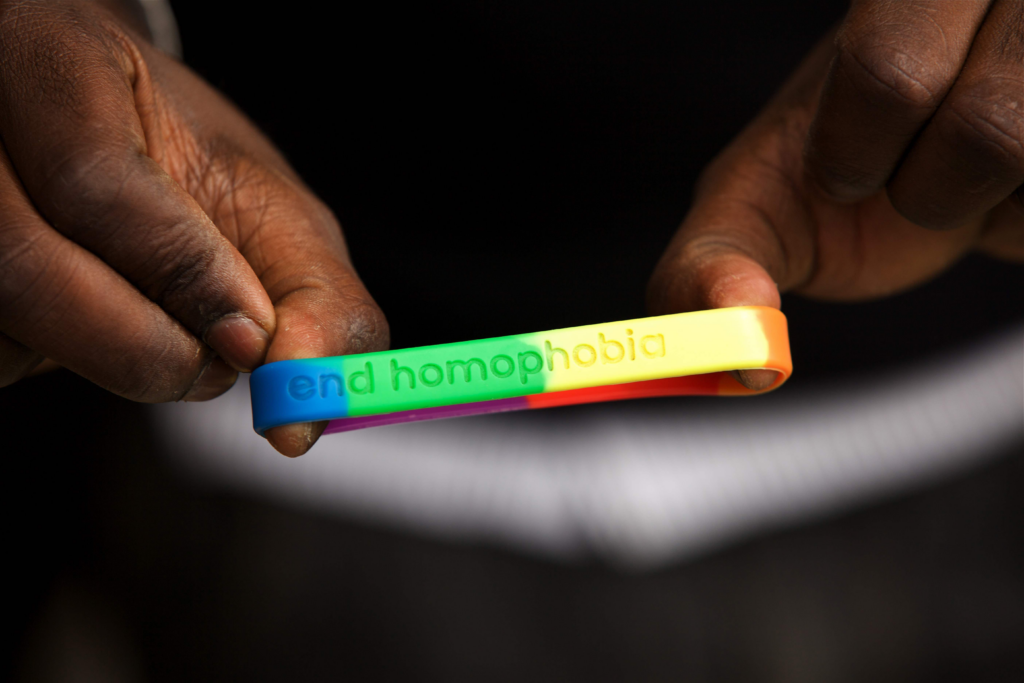
In some countries, such as Brunei, Iran, Mauritania, Saudi Arabia, Yemen, Uganda and in the northern states in Nigeria, people can be sentenced to the death penalty if they engage in consensual same-sex sexual acts.
Discrimination goes beyond being criminally prosecuted for being an LGBTI person and can include limited access to healthcare, difficulty in securing employment, bullying or harassment in the workplace and much more.
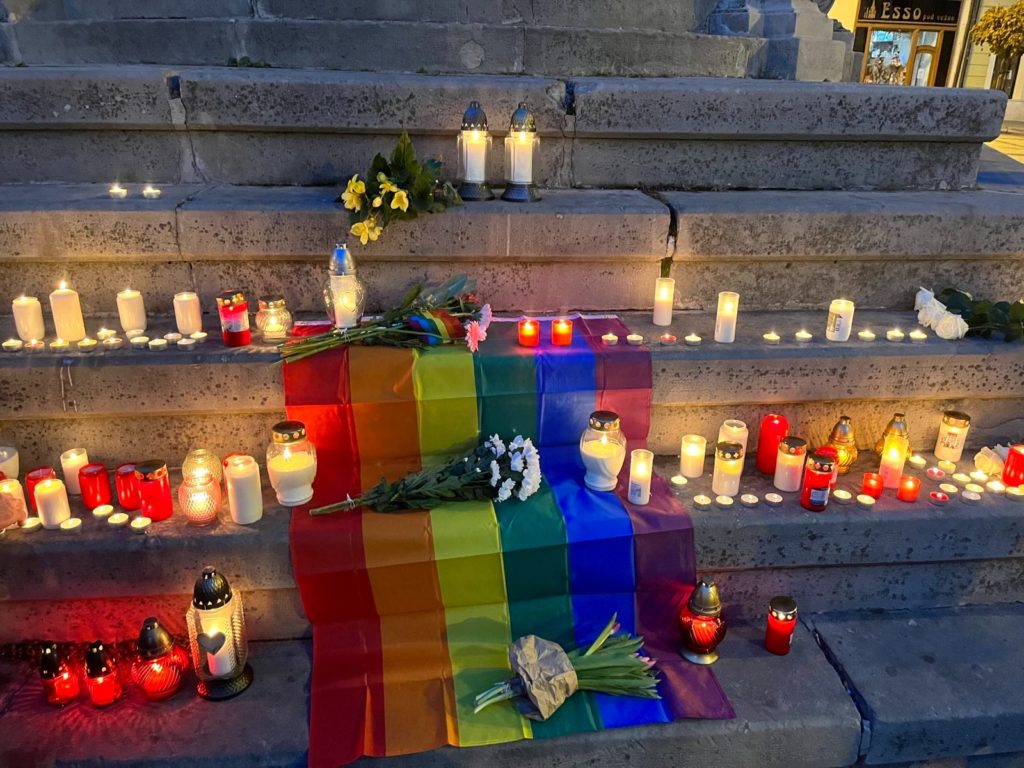
LGBTI IDENTITY AND INTERSECTIONALITY
Intersectionality is a term coined by black, feminist legal academic, Professor Kimberlé Crenshaw, and was first publicly explained in her 1989 essay ‘Demarginalizing the Intersection of Race and Sex.’
The term ‘intersectionality’ was originally used to describe the multiple forms of inequality and discrimination black women face in the USA but has now become an international marker for defining ways that different forms of oppression and discrimination intersect with each other.
Kimberlé Crenshaw introduced the concept of intersectionality to describe how overlapping social identities — such as gender, class, ethnicity, disability, religion, and political beliefs — can compound experiences of oppression, discrimination, control, and abuse of power. These social identities are interconnected and shape the effects of these experiences differently for different individuals.
Many countries of the Global South may have their own knowledge and experiences of addressing intersecting oppression. Feminist academic Nivedita Menon gives the example of India – stating that there has been a long history of engaging with multiple, intersecting identities that can be traced back to the anti-imperialist struggle, without any reference to Crenshaw’s work.
For example, an LGBTQ+ person may experience discrimination because of their gender identity or sexual orientation, and oppression because of their race, class, caste, religion, ethnicity, (dis)ability, or age. In order to fight back against systems that oppress LGBTI people, we need to deconstruct all systems of oppression, including racism, imperialism, ableism, sexism, xenophobia, ageism or classism.
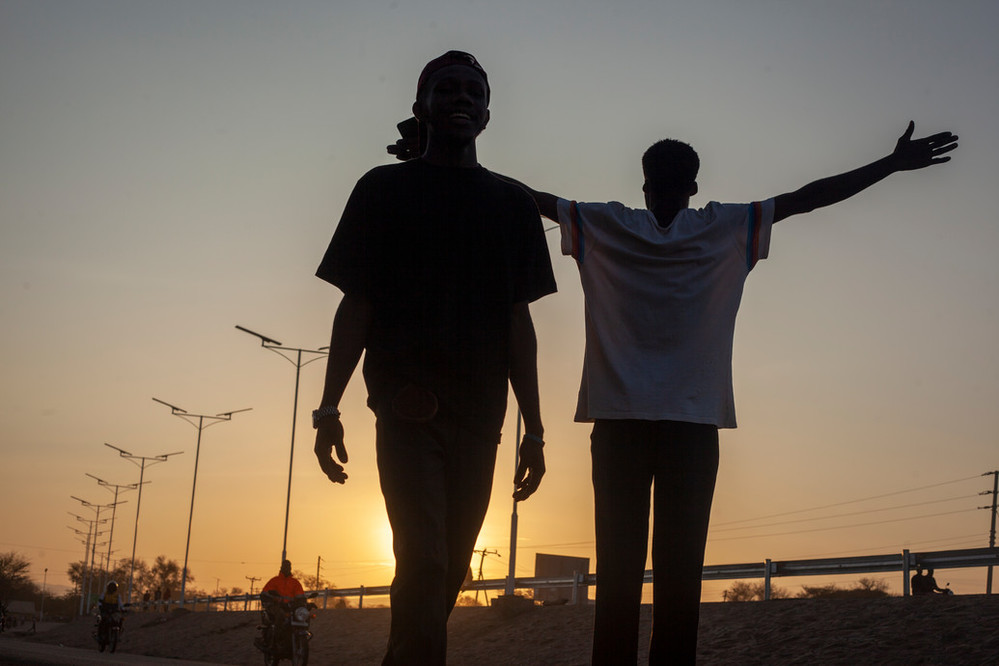
PRIDE AS A PROTEST
What is Pride?
Pride takes many forms — from carnival-style parades to film screenings and debates. Pride events celebrate those who do not conform to the gender binary. These events take place throughout the year, depending on location. In North America and Europe, Pride typically occurs in June, while in South Africa, it’s held from February to March. Regardless of the type of event, Pride is a time when LGBTQ+ individuals come out to show pride in their identity. However, Pride events have been banned in some countries — including Russia, Saudi Arabia, Uganda, and, most recently, Turkey.
While Pride is often perceived as a celebration it originally began as a riot against police brutality at the Stonewall Inn in New York City. On 28 June 1969, the Stonewall Inn was raided by the police, as it had been on many occasions before, due to laws which required a ‘man’ or a ‘woman’ to be wearing clothing items which ‘matched’ their gender on their state-issued ID. As the LGBTI community in the Stonewall Inn, primarily led by trans women of colour, fought back, police brutality increased amid six days of riots which was a galvanizing force for LGBTI activism in the USA.
In many states around the world, Pride is still centrally and most importantly a protest which highlights, commemorates, and fights for the rights of LGBTI people.
Pride is marked differently in countries across the world. Many communities organize parades, marches and concerts that bring LGBTI people, allies, and the public together. But in other places, pride is actively shut down by governments and law enforcement agencies, leading to security risks for those participating.
While Pride has increasingly become one of the most visible modes of celebrating queer joy and resistance, LGBTI activism, protest and ways of coming together as a community have always existed across the world in different iterations. There are also several places in the world where Pride as a concept may not resonate with local LGBTI people, and they prefer to celebrate their identities in subtler, more locally relevant ways.
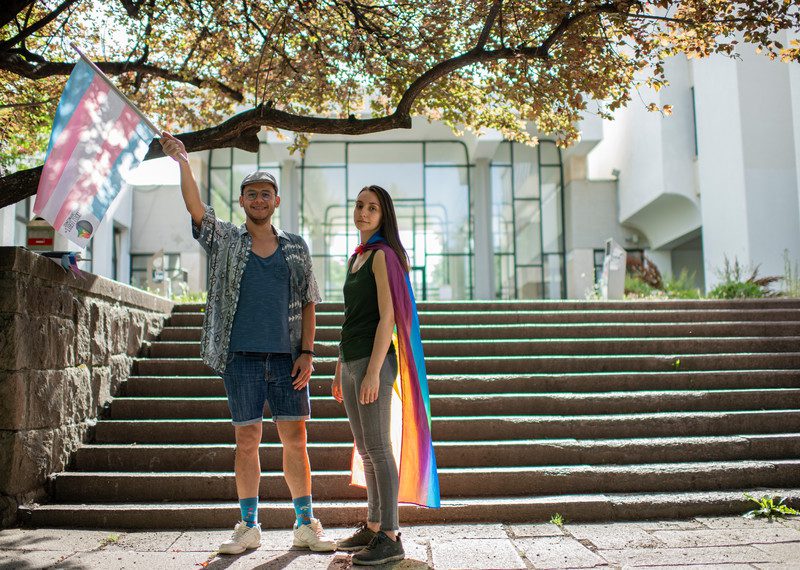
CASE STUDY: HARASSMENT OF LGBTI ACTIVISTS IN POLAND
The atmosphere of hostility towards LGBTI people in Poland is getting progressively worse. Those who advocate for LGBTI rights face an immediate and hostile response from the state apparatus.
Our report documents the stories of those who uphold LGBTI rights and the repression they face for their peaceful actions.
Amnesty International research highlights examples of how Polish authorities not only fail to adequately protect LGBTI activists but have also targeted LGBTI people. People have faced prosecution just for writing in chalk or hanging a rainbow flag.
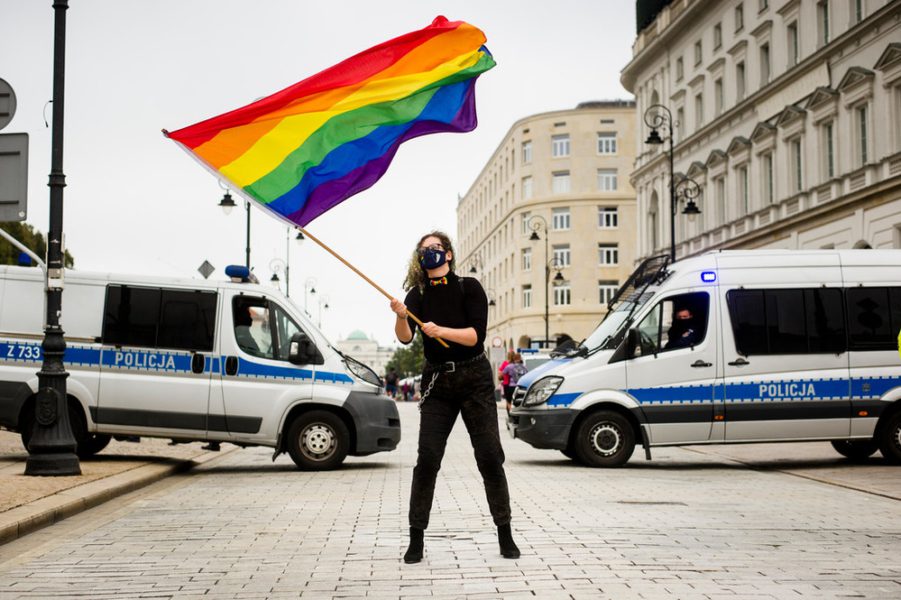
Despite setbacks, LGBTQ+ advocates have overcome challenges and dangers to combat rights violations and repeal discriminatory laws against LGBTQ+ people. Since the introduction of Pride and other international celebrations, including IDAHOTB (International Day Against Homophobia, Transphobia, and Biphobia), a growing global network of activists and allies has developed to support LGBTQ+ Pride. Their efforts have shown tangible results: 43 countries now recognize homophobic crimes as hate crimes. As of May 2019, 27 countries had already legalized marriage equality, including Argentina, Canada, Ireland, Malta, South Africa, Uruguay, and Taiwan. Amnesty International is currently urging Japan to follow suit.
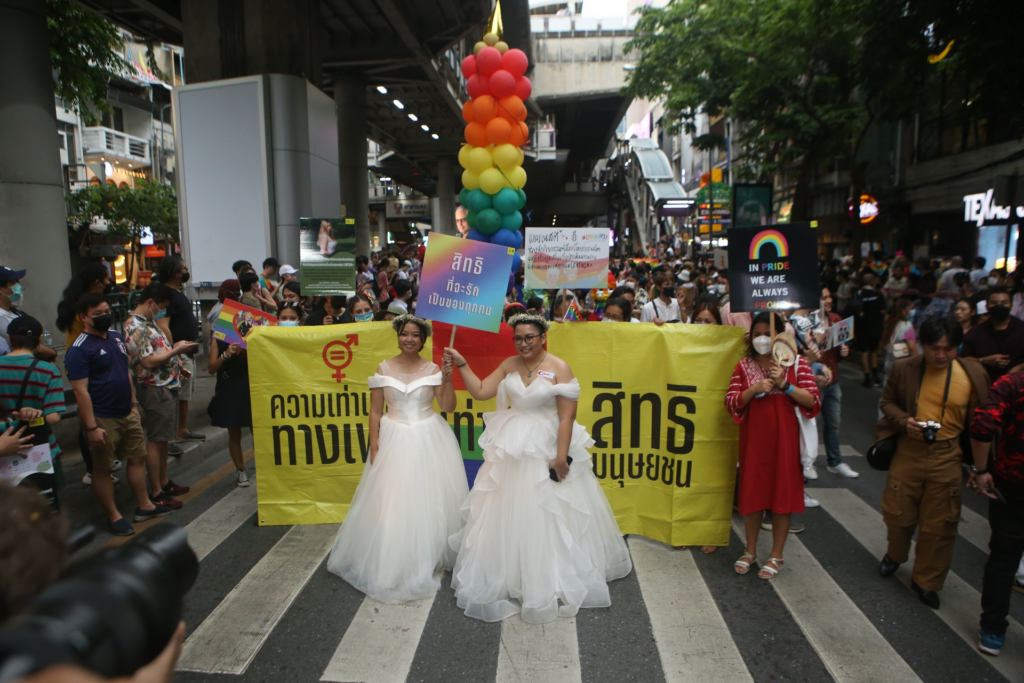
WHAT IS AMNESTY DOING TO PROMOTE LGBTI RIGHTS?
Amnesty is committed to ending discrimination against LGBTI people around the world.
We learn from the lived experiences of LGBTI people and make recommendations to governments and other influential leaders on how to improve laws. For example, our research on the rights of intersex people was one of the first of its kind from a human rights perspective and strongly influenced new laws in Denmark, Finland, Greece and Norway.
Amnesty also helps activists around the world by producing resources on various issues that affect LGBTI people. This work takes many forms, from an advocacy toolkit for activists countering discrimination in Sub-Saharan Africa to the Body Politics series aimed at increasing awareness around the criminalization of sexuality and reproduction.
There is still a lot of work to do and we endeavour to continue to push for the fulfilment of all the rights of LGBTI people, in close collaboration with partners, LGBTI groups and activists across the globe.
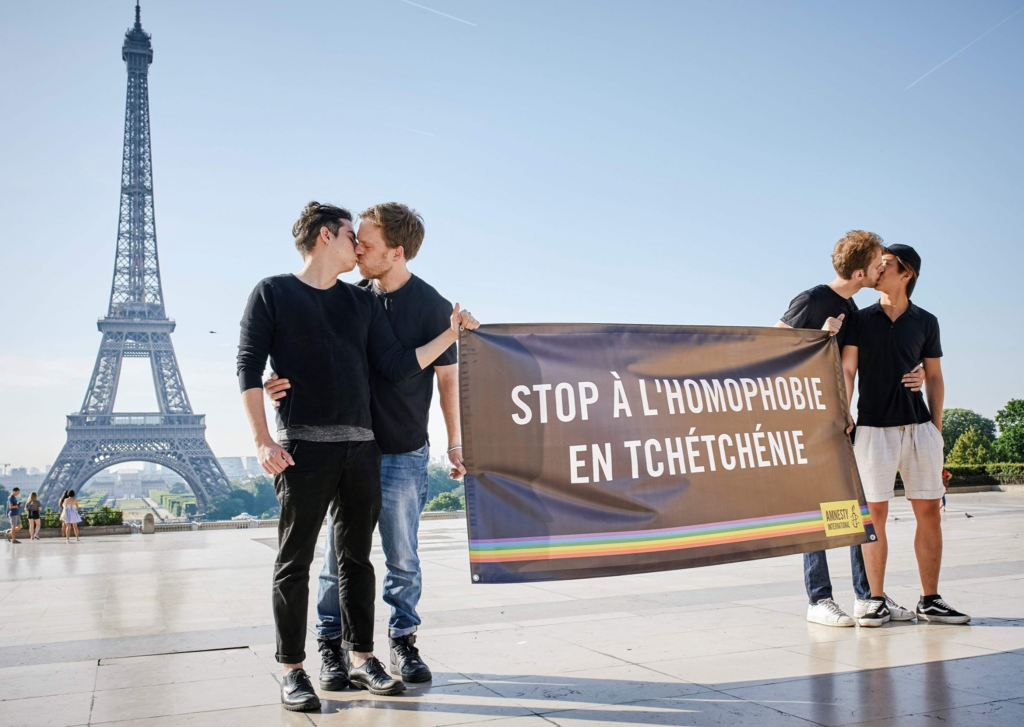
WHY ARE LGBTI RIGHTS IMPORTANT?
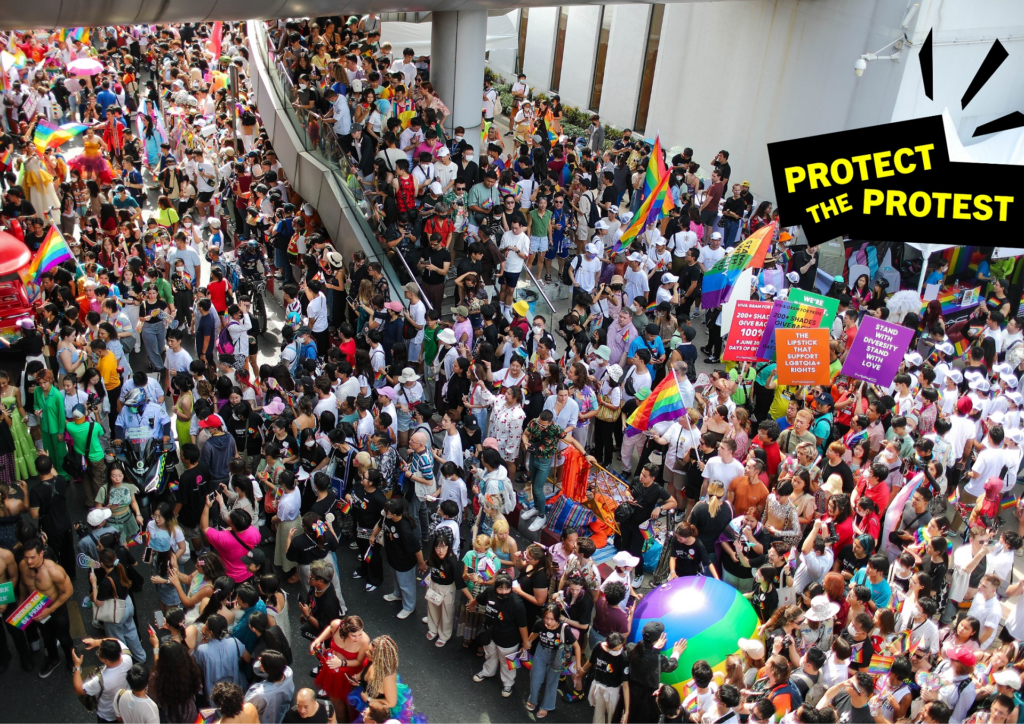
Everyone should feel proud of who they are and who they love. Everyone should have the freedom to express themselves. Article 19 of the Universal Declaration of Human Rights, which elaborates on the rights all humans are entitled to, protects freedom of expression for everyone.
Eliminating homophobia and transphobia can save lives. Hostility toward LGBTQ+ individuals puts them at severe physical and mental risk. Everyone deserves the right to life, freedom, and security.
By embracing and understanding LGBTQ+ people, society can begin to dismantle harmful gender stereotypes that define and confine people’s lives. Eliminating stereotypes enables individuals to reach their full potential without arbitrary societal constraints.
LGBTQ+ individuals — especially transgender and gender-nonconforming people — often face economic and social exclusion. Fighting for inclusive laws and policies, regardless of sexual orientation or gender identity, helps expand access to healthcare, education, housing, and employment.
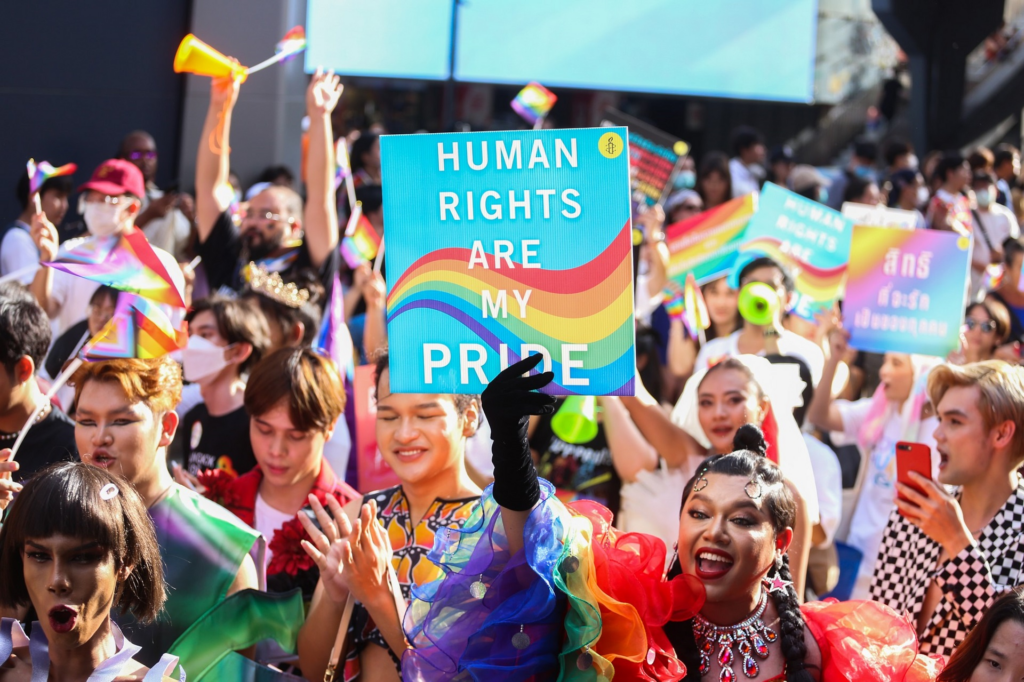
AMNESTY INTERNATIONAL’S CALLS TO THE THAI GON=VERNMENT ON LGBTI RIGHTS
Amnesty International urges the Thai government to:
- Governments should strengthen protections for LGBTI people, including by decriminalizing consensual same-sex sexual relations, adopting comprehensive anti-discrimination laws, and ensuring access to legal gender recognition;
- All reports of violence and other abuses against LGBTI people should be effectively investigated and perpetrators brought to justice;
- Pass key legislation to promote gender equality and the rights of LGBTQ+ individuals, ensuring their compliance with international human rights standards;
- Reform laws, social policies, and education programs to eliminate gender biases and intersectional forms of discrimination. This includes dismantling harmful social norms and attitudes toward women, girls, and LGBTQ+ people — with special attention to the situation of LGBTQ+ people in Thailand’s southern border provinces;
- Amend the 2015 Gender Equality Act by repealing Section 17(2), which currently allows discrimination on the grounds of religion or national security. This will enable victims of discrimination under these pretexts to access formal complaint mechanisms.
